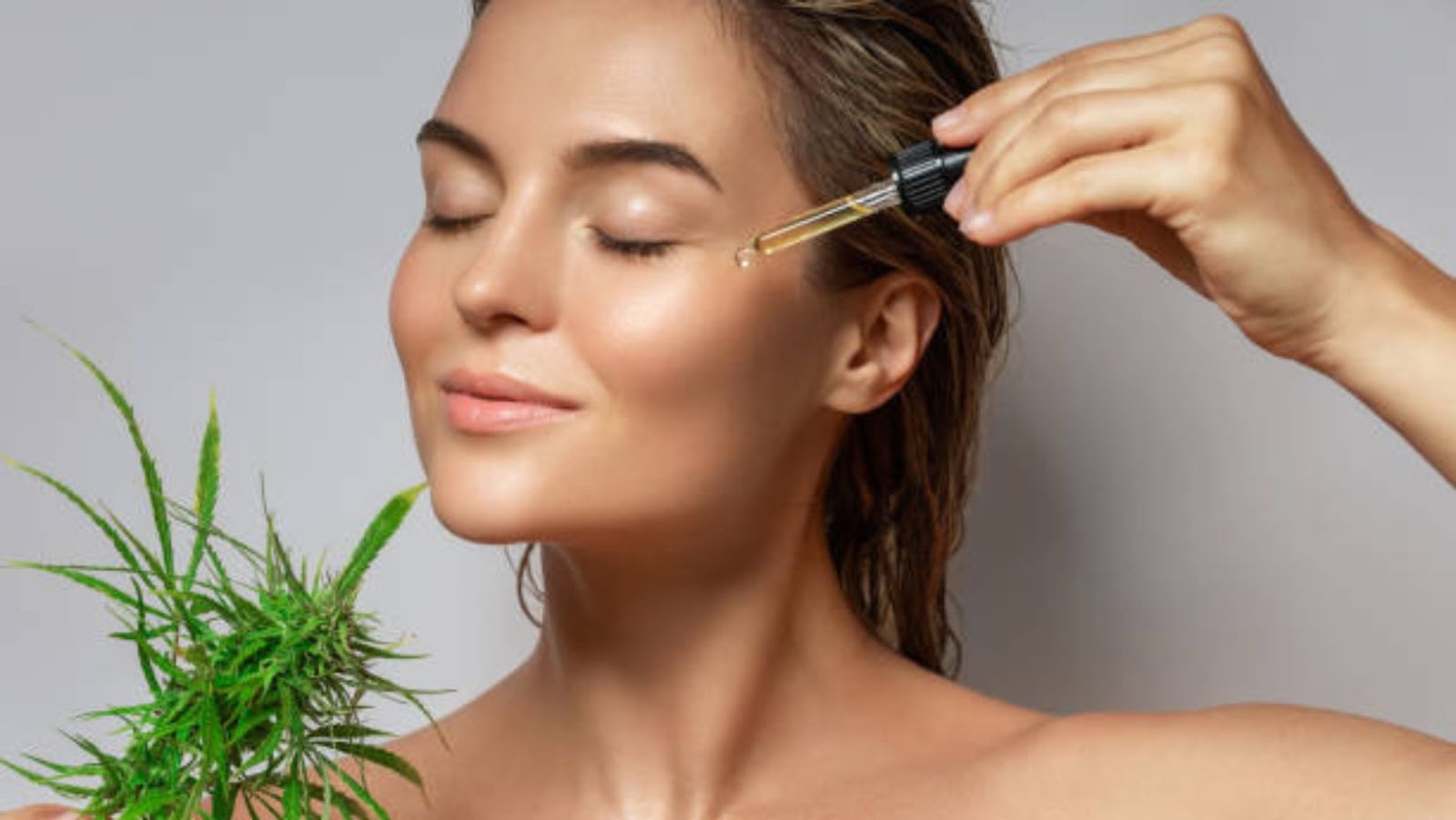When it comes to skincare routines, there are a lot of steps involved, making it difficult to know when to apply certain products. For example, one of the most commonly misunderstood steps is applying face oil. As a women’s skincare expert, I frequently get asked “when exactly should I be incorporating face oil into my routine?”
The answer to this question varies depending on your skincare routine and the type of face oil you use. However, as a general rule of thumb, I recommend introducing face oil after cleansing, toning, and applying any serums. This ensures that your skin is clean and prepped to absorb the nourishing benefits of the oil.
It’s important to note that face oil should not replace your daily moisturizer – it should also be used. As a final step in your routine, apply a small amount of face oil to your skin, gently massaging it for optimal absorption. This will leave your skin feeling hydrated, soft, and glowing. By following this simple guideline, you can confidently incorporate face oil into your women’s skincare routine.
The Benefits of Applying Face Oil in Your Skincare Routine
As a woman with a regular skincare routine, I have tried many products to improve my skin’s texture and appearance. One product that I have found to be particularly effective is face oil. I now use it daily, and I have noticed significant improvements in my skin’s health. Here are some of the benefits of using face oil in your skincare routine:
- Moisturization: One of the most common reasons women use face oil is for moisturization. Oil-based products create a barrier over the skin, which helps prevent water loss and keeps the skin hydrated. This can be especially beneficial for those with dry skin.
- Anti-aging: Some face oils are high in antioxidants and vitamin E, which can reduce the appearance of fine lines and wrinkles. Antioxidants work to neutralize free radicals, which are a major contributor to aging.
- Reduces Inflammation: Face oils contain essential fatty acids that help reduce inflammation, making it an excellent addition for those who suffer from skin issues, such as rosacea or eczema. Adding face oil to your skincare routine can help soothe and calm your skin.
- Balances Sebum Production: Contrary to what some may believe, using face oil can help balance sebum production. When the skin is dehydrated, it can produce more oil to compensate, leading to breakouts and blemishes. By using face oil, you can give your skin the hydration it needs, without causing it to produce more oil.
- Versatility: Face oil is a versatile product that can be used in various ways. You can apply it directly to your skin as a moisturizer or mix it with your serum or moisturizer for an added boost of hydration. Face oil can also be used as a makeup primer or as a finishing step to seal in moisture.
Adding face oil to your skincare routine can benefit women’s skin health. It helps provide hydration, reduce inflammation, balance sebum production, and improve the appearance of fine lines and wrinkles. When choosing a face oil, it’s important to look for one that suits your skin type and contains natural ingredients.

When to Apply Face Oil in Your Skincare Routine
Regarding women’s skincare, face oils have become a popular addition to many skincare routines. However, knowing how and when to apply face oil can be daunting. In this section, I’ll provide tips on determining the best time to apply face oil to achieve the best results for your skin.
Apply Face Oil After Cleansing And Toning
It’s best to apply face oil to clean, damp skin. After cleansing and toning, gently pat your face dry with a towel before applying the face oil. This will ensure that the oil penetrates the skin and provides maximum benefits.
Apply Face Oil Before Moisturizer
If you’re using a moisturizer in your skincare routine, apply face oil before moisturizer. The oil will penetrate the skin layers, while the moisturizer will seal the oil and provide hydration. This will help lock in the face oil’s benefits and keep the skin hydrated.
Apply Face Oil in The Evening
The evening is the best time to apply face oil in your skincare routine. Your skin rejuvenates and repairs itself while you sleep, and face oils help to nourish and repair the skin. Therefore, ensuring the face oil has enough time to penetrate the skin and work while you sleep is essential.
Start With a Small Amount
It’s best to start with a small amount of face oil and build up as necessary. Using too much face oil can leave your skin feeling greasy, and it may clog pores and cause breakouts. A few drops of face oil are enough for the entire face and neck.
By following these tips, you can determine the best time to apply face oil and achieve optimal results for your skin. Listen to your skin and adjust your skincare routine to meet its changing needs.

Conclusion
Face oils have become increasingly popular in recent years regarding women’s skincare. Not only do they hydrate and nourish the skin, but they also provide a great base for makeup application. However, applying face oil correctly is important and choosing the right one for your skin type.
Here are some tips for applying face oil and finding the right one for you:
- Apply face oil after cleansing your skin: It’s best to apply face oil after you’ve cleansed your skin and used any other serums or treatments. This allows the oil to penetrate more deeply into the skin and work effectively.
- Use a few drops: A little goes a long way regarding face oil. Using too much can make your skin feel greasy and clog pores. Depending on the oil’s viscosity, start with 2-4 drops and adjust as needed.
- Warm the oil: Before applying it, warm it up by rubbing it between your fingers. This helps it to absorb more easily into the skin.
- Apply to damp skin: For best results, apply face oil to damp skin. This helps to lock in moisture and ensure the oil is evenly distributed.
- Choose the right oil for your skin type: Many different types of face oils are available, and some are better suited for certain skin types than others. For example, argan oil is great for dry skin, while grapeseed oil is better for oily or acne-prone skin. Be sure to read labels and consult with an expert if you’re unsure which oil is right for you.
Following these tips, you can get the most out of your face oil and achieve a healthy, glowing complexion.

